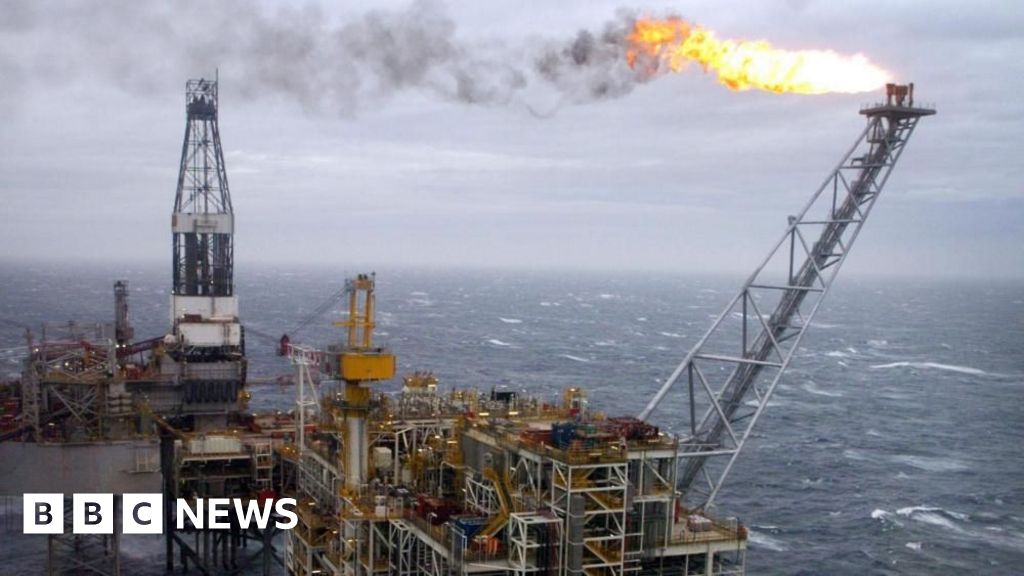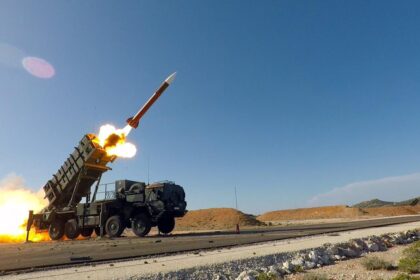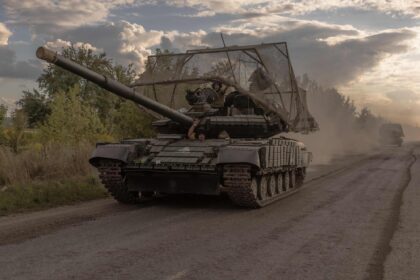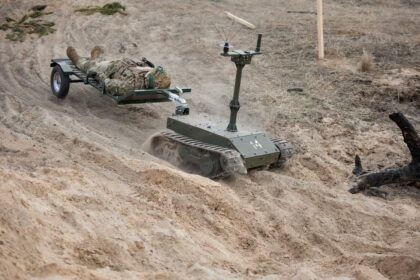This article discusses the vulnerability of subsea infrastructure in Europe to potential threats from other countries, particularly Russia. The conference highlighted the need for better protection and security measures for offshore energy assets, as well as for data cables and pipelines.
Some key points made at the conference include:
* European states are increasingly concerned about complex and wide-ranging threats to their security, including cyber attacks and sabotage.
* Subsea infrastructure, such as high-voltage power cables and oil and gas pipelines, is vulnerable to damage or disruption by external forces.
* The use of artificial intelligence and other technologies can help identify and prevent potential threats, but more needs to be done to embed security into company strategy and public awareness.
* The military has a key role in protecting subsea assets, but the private sector also has an important part to play.
The article highlights several specific initiatives that are being taken to improve security, including:
* Equipping high-voltage cables with sensors to detect unexplained visits by subsea vessels.
* Using artificial intelligence to identify suspicious ship movements and attribute them to their owners.
* Deploying drones to check for the tracks of unwelcome drones.
* Developing autonomous underwater vehicles (AUVs) for defence purposes.
Overall, the article suggests that there is a need for greater awareness and investment in security measures to protect Europe’s subsea infrastructure.












